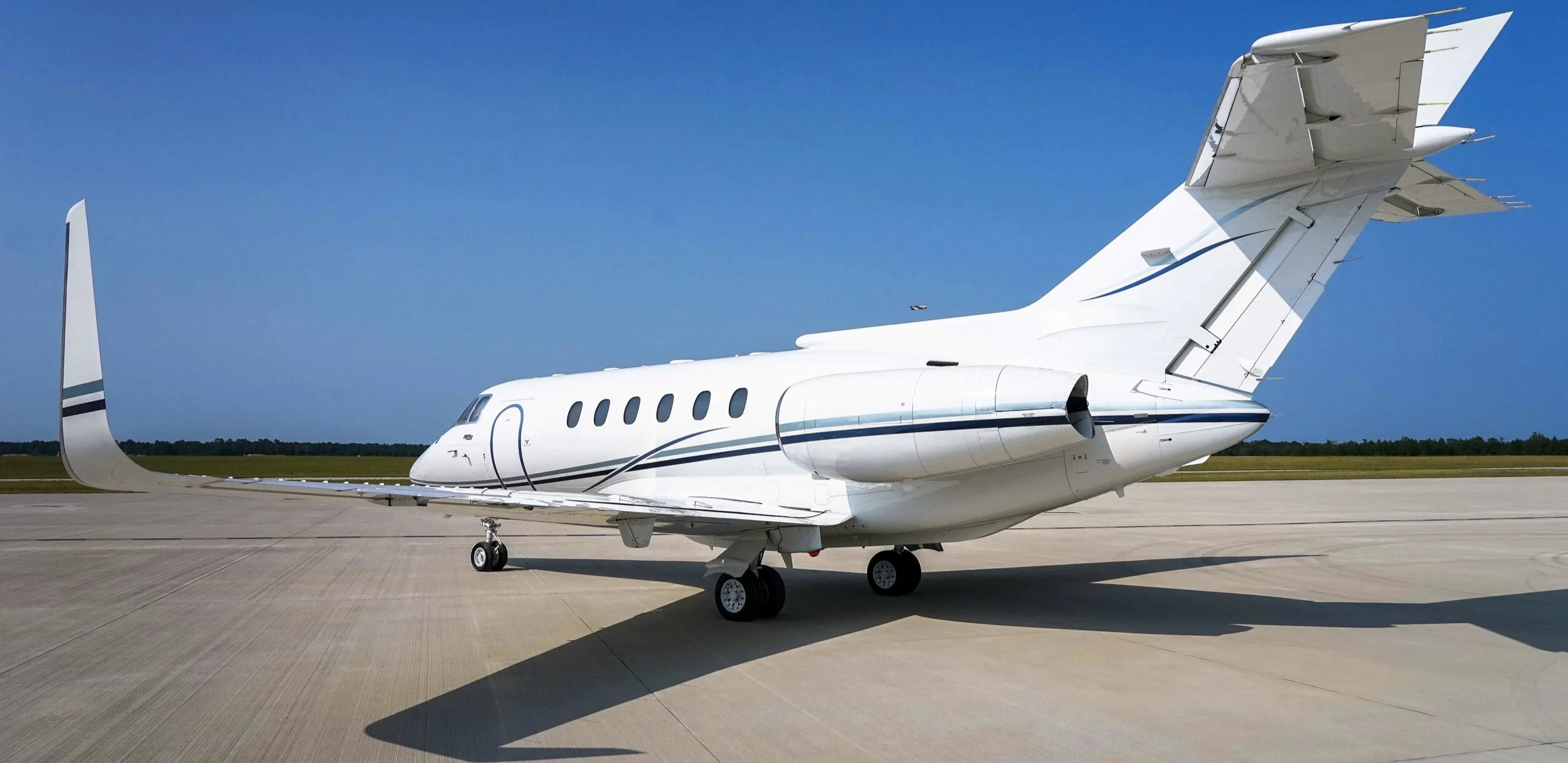All Good Things Come to an End
Aircraft frequently outlive the manufacturer life estimates, sometimes by multiple decades. This is great news for owners and operators who are looking to stretch their investment and helps maintain lower cost options in the used marketplace. However, as some of these aircraft approach 40+ years of faithful service, the shadow of retirement grows larger. So what happens if you’re holding onto an aircraft that is ready to make its last flight? How do you know it’s time? Let’s take a look.
Walking a Fine-Line
The decision to retire an aircraft is not always as simple as a life-limit on the airframe, in fact, it’s usually a complex decision. There are three driving forces that drive the depreciation of an aircraft (in appraiser terms: “obsolescence”) that are worth explaining.
Physical Depreciation
This is the factor that is most obvious. As a plane ages, so do its parts. Sure, we can replace or rebuild a majority of the components, but things like the actual airframe will continue to wear down over time. Having an aircraft remain outside of the hangar for extended periods or failure to properly preserve the aircraft during inactivity can accelerate physical depreciation.
Economic Depreciation
Economic depreciation is best categorized by the loss in value by factors that are external to the aircraft. A great example is the FAA NEXTGEN requirements for 2020. For some older (but perfectly good) business jets, the cost to equip ADS-B Out by 2020 outweighs the value of the aircraft. Some older Learjet’s may have a “hull” value of $250,000 and ADS-B compliance may cost over $200,000 or there may not be an upgrade path at all.
Functional Depreciation
Functional depreciation is (basically) the loss in value of the aircraft when compared to a newer, more efficient model. A Citation II manufactured in 1980 will cost substantially more to operate than a newer Citation Bravo with more advanced components and more fuel efficient engines, therefore that value will be lower on the less desirable model.
when should you retire your plane?
It isn’t usually one single factor that forces an aircraft into retirement, but a growing number of each of these forms of depreciation until it is simply not economically viable to operate the aircraft any longer. Sure, that 40 year old biz jet may absolutely be airworthy and fly your ideal mission, but add in the growing cost of maintenance and a multi-hundred-thousand-dollar ADS-B Out solution and that value proposition quickly fades away.
Understanding the specific depreciation factors affecting your aircraft is complicated and retiring an aircraft without some advanced planning can be costly. If you own an older aircraft it’s critical that you maintain a pulse on the marketplace specific to your aircraft. Older aircraft can be a great value, but being blindsided by an expensive retirement can quickly wash away any money you saved.
If you own an older aircraft, here are 4 tips to stay ahead of the curve
Check model-specific trends quarterly. Did 10% of the fleet get retired in the last few months? That could be a sign that it’s time to sell.
Understand your maintenance schedule. Is your plane coming up on a heavy maintenance item (“D-Check”)? It might not be worth investing hundreds of thousands of dollars if the aircraft will need to be retired before the next major maintenance event.
Have a plan. Understanding your options ahead of time can save you a huge amount of heartache in the end. Do you want to be the last owner of this aircraft? Do you plan on donating this aircraft to a charity? Parting it out for salvage? Moving it to the desert? Answering these fundamental questions will help guide your ownership and will drastically improve your experience.
Talk with an accredited appraiser. Having someone in your back pocket with a constant pulse on the market is invaluable when your aircraft is near the end of its life. Appraisers are also connected with huge swaths of resources like salvage centers and museums and can provide solid unbiased guidance to help you make these tough decisions.
In the next blog, we’ll take a look at some of the uses aircraft have beyond the sky and the desert graveyards where thousands of aircraft rest untouched.




